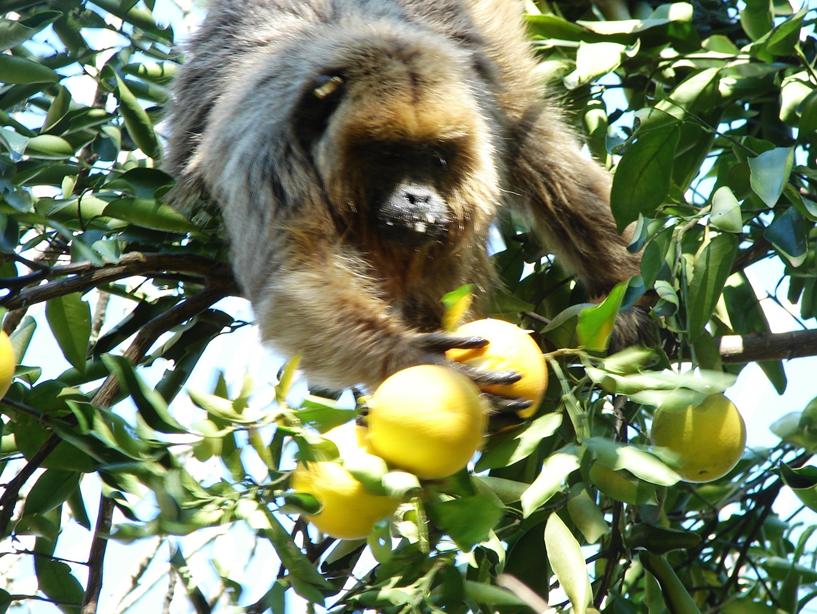Carolina Ramírez
Analyse variations in the feeding behaviour, home range and group cohesion of three groups of Alouatta caraya with respect to the spatial distribution and the size of the fragments that the groups occupy.

I propose to study the relationship between feeding ecology, home range and group cohesion of black and gold howler monkeys (Alouatta caraya) in Argentina. This research addresses questions concerning to evaluate if changes in its social dynamics are determined by changes in the availability and quality of food. I plan to conduct a detailed field study of three groups, that inhabit the remnant forest patches of the river Riachuelo basin (27º30’S; 58º41’W), Corrientes, Argentina. The interaction between, diet, available food, fragment size and group cohesion is complex when the limited area resulting from fragmentation reduces both the diversity of plant species and the number of food plants available. Three groups of similar size that lived in two fragments with sizes of 5.39ha, 5.23ha, and one third that occupy two fragments of 3.5 and 3.25 ha will be followed during an 18 months study period. By studying these three groups in forests with different degrees of fragmentation I will explore how factors such as diet, seasonal changes in food availability, home range, inter-fragment movements and activity influence group cohesion and the social composition.
My main hypothesis is oriented to explain the effect of fragmentation on behavioural and social cohesion changes in Alouatta caraya. That is the availability and quality of feeding determines changes in its social cohesion. These forest patches have been heavily degraded due to on-going deforestation and cattle ranching activities and it is vital to have management planes for their conservation. This research will contribute the small areas conservation as well as to the formation of connecting corridors for the survival of this species. In addition knowing the keystone species in the diet of black and gold howler in the three fragments is fundamental to understanding their conservation value, especially when the most fragments in the study area are not protected and they are on private land and are used by local landowners. Registering inter-fragment movements is important to justify to local people the creation and maintenance of forest corridors that allow long term-survival of howlers and other associated fauna. We need to better understand the ecological strategies and the species responses if we want to avoid primate extinctions in increasingly fragmented tropical forests.